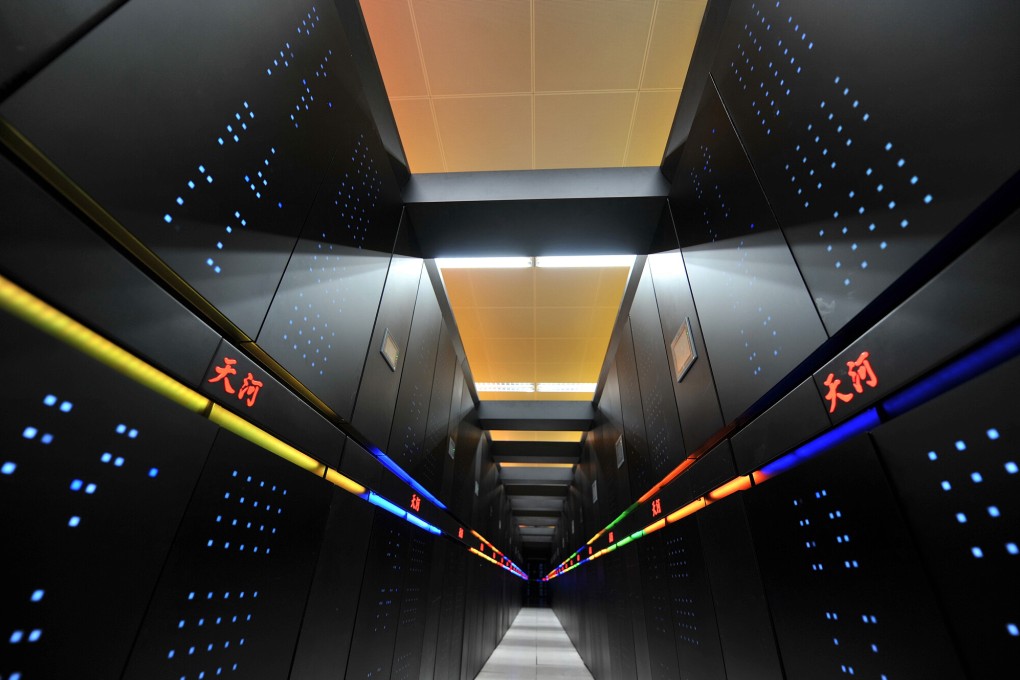Chinese supercomputer 'too slow' to compete in race for hypersonic weapons, scientist warns
A supercomputer used by China to develop a hypersonic space weapon was too slow, having a processing speed only a tenth of that of its American counterpart, according to a researcher involved in the highly sensitive project.

A supercomputer used by China to develop a hypersonic space weapon was too slow, having a processing speed only a tenth of that of its American counterpart, according to a researcher involved in the highly sensitive project.
While China possesses some of the world’s most powerful computers, Ye Youda, researcher at the state laboratory of aerodynamics in Mianyang, Sichuan and a key scientist on the hypersonic weapon project, complained about a shortage of computing power in a paper in the latest issue of the Chinese Science Bulletin.
Ye said the computer used in China’s hypersonic project would need to increase its performance 10 times to match its U.S counterpart, the Pleiades supercomputer at NASA. The US machine did not even make the latest top ten list of world ranking by website top500.org, which compiles statistics on the world’s supercomputers.
China has 61 supercomputers and quite a few models are faster than the Pleiades, including the Tianhe-2 supercomputer developed by the National University of Defence Technology. The computer has held the No.1 position for more than two years with its speed of 33.86 quadrillion calculations per second, outperforming the second-place machine, the Titan in the U.S, by nearly two to one.
But Ye’s paper revealed that top priority weapons research did not always get access to the best supercomputers. Some mainland computer scientists said that machines such as the Tianhe-2 were not created to meet specific needs, but to win a place on the top500 list. They were “face projects”.
Scientists also said that the power of the top machines is not fully used because of the difficulties in writing the complex software needed for some tasks. While the Chinese government invested a lot of resources on hardware to win the supercomputer race, software development was often neglected and short of funding.